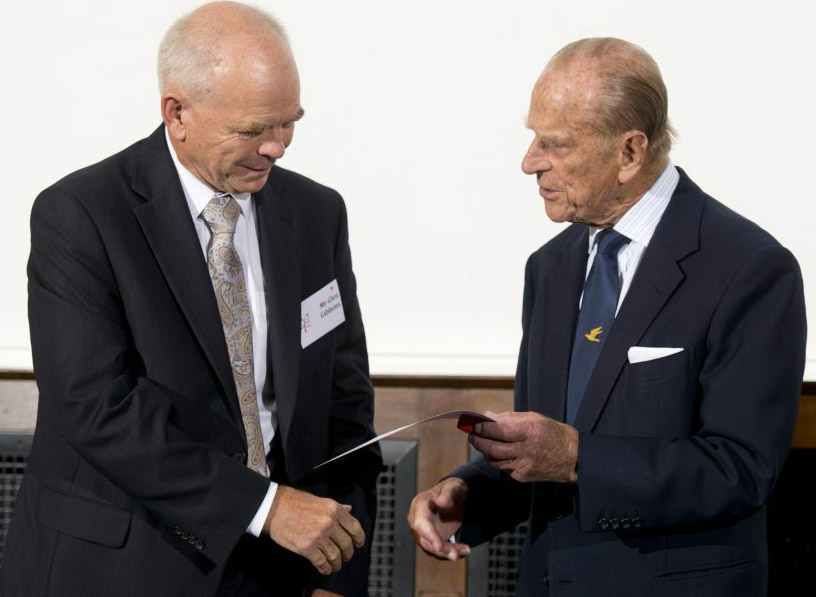
Transformative.
My first encounter with an unmanned aerial vehicle, or UAV, was at the German Aerospace Center (DLR) in Oberpfaffenhofen Germany. Here, I watched in awe as a small quadrotor operated in an indoor flight testing “holodeck,” complete with an array of high-frequency strobe/camera units designed to log, stream and visualize precise position and attitude for rapid 3D mapping.
Transformative.
My first encounter with an unmanned aerial vehicle, or UAV, was at the German Aerospace Center (DLR) in Oberpfaffenhofen Germany. Here, I watched in awe as a small quadrotor operated in an indoor flight testing “holodeck,” complete with an array of high-frequency strobe/camera units designed to log, stream and visualize precise position and attitude for rapid 3D mapping.
That was 4 years ago, and I’ve been smitten ever since. So smitten, in fact, we decided to create the magazine you’re holding.
Inside Unmanned Systems takes a look at the programs, policy and practice of unmanned systems in the air, sea, ground and cyber domains. We delve into the transformative nature of unmanned systems as they improve the productivity and efficacy of how we interact and work with each other. We make sense of this continually morphing technology ecosystem, and its ability to game-change almost every application segment that deploys it.
Want some recent examples?
♦ An MQ-1 Predator built by General Atomics was deployed to support firefighters battling the Rim Fire in California’s Yosemite National Park. Not only did it provide safety for more than 4,000 firefighters, estimates peg savings at tens of millions of dollars and countless acres of national parkland.
♦ A BlueFin Underwater Autonomous Vehicle is taking on the somber task of exploring the hadal depths of the Indian Ocean in search of the missing Malaysia Airlines Flight 370.
♦ The Flying Donkey Challenge, a competition for commercial unmanned aerial delivery services in Africa, encourages teams to demonstrate the capabilities, safety and benefits of unmanned cargo aircrafts.
♦ We’ve seen quantum leaps in the most commonly deployed applications—intelligence, surveillance, target acquisition and reconnaissance (ISTAR) with special emphasis on the “I.”
This is all important work that is too dangerous or simply cannot be completed with humans alone. These tasks would not be possible without unmanned systems intervening.
At the component, subsystem and system level, Inside Unmanned Systems celebrates the collaboration that creates these new solutions to old problems— precision agriculture, land survey, emergency management. We explore solutions to challenges once deemed too large in scope, complexity or aspiration to even consider tackling.
But tackle we will. The U.S. unmanned systems industry is expected to grow to $80 billion dollars over the next 10 years—impressive considering the economic impact for 2015 is $1 billion—and with that comes the necessity to resolve complex technical challenges and politically sensitive policy issues related to UAS integration into the National Airspace System. We’ll be there to cover it all.
In the meantime, enjoy our inaugural issue. You’ll find a Special Report on FAA Test Site Selection, an article on the future of automated vehicles and a piece that takes a deep dive into underwater vehicles.
As a technology community, we can collaboratively shape the contours of this burgeoning market—and harness the opportunity to create value that benefits everyone.
Richard Fischer
Publisher
Inside Unmanned Systems






